Hydrangeas are lovely flowers. They come in many colors. People love to grow them in their gardens. However, sometimes they need to be cut back. Cutting back helps them grow better. It also keeps them looking nice. In this article, we will learn how to cut back hydrangeas. We will look at the best times and methods for pruning these beautiful plants.
Understanding Hydrangeas
Before we start cutting, let’s learn a bit about hydrangeas. There are several types of hydrangeas. The most common types are:
- Bigleaf Hydrangeas
- PeeGee Hydrangeas
- Oakleaf Hydrangeas
- Panicle Hydrangeas
Each type has different needs. Knowing your type helps you cut them correctly. Some bloom on old wood. Others bloom on new wood. This matters when you cut them back.
When to Cut Back Hydrangeas
Timing is important. Cutting at the right time helps the plant. The best time to cut back hydrangeas is in late winter or early spring. This is before new growth starts. In most places, this is around March or April. However, it can vary depending on your area.
It is also important to check the weather. If it is still very cold, wait a little longer. You do not want to cut them when frost is still possible.
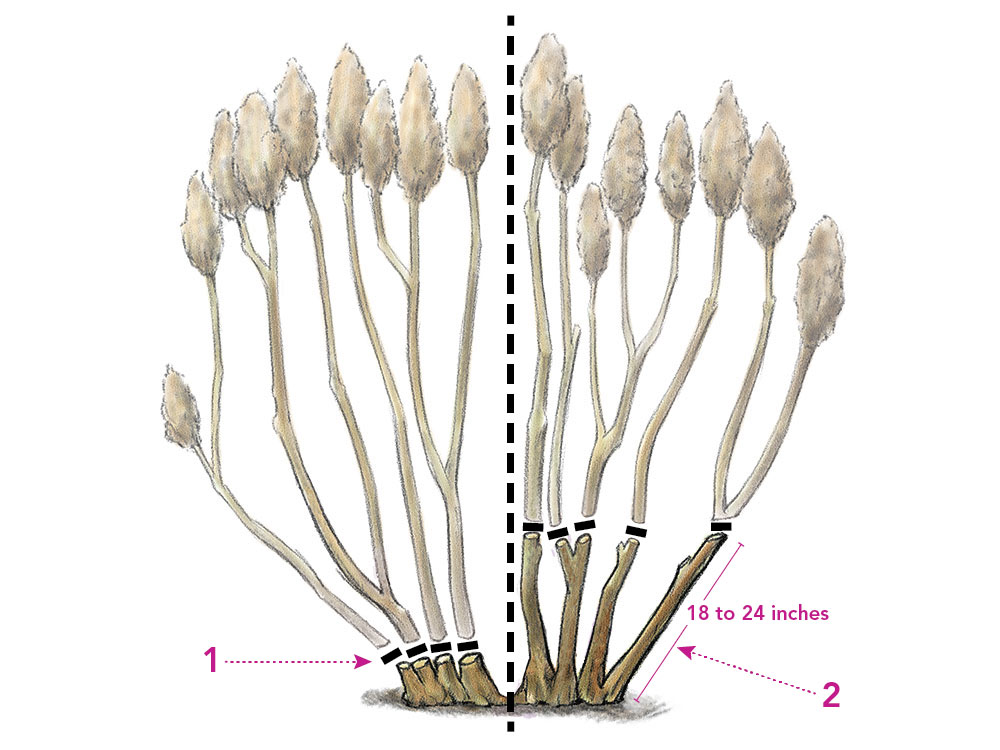
Credit: www.finegardening.com
Tools You Will Need
Before you start, gather your tools. You will need:
- Sharp pruning shears
- Gloves to protect your hands
- Hand saw for thicker branches
- A bucket for cuttings
Having the right tools makes cutting easier. Sharp tools help you make clean cuts.
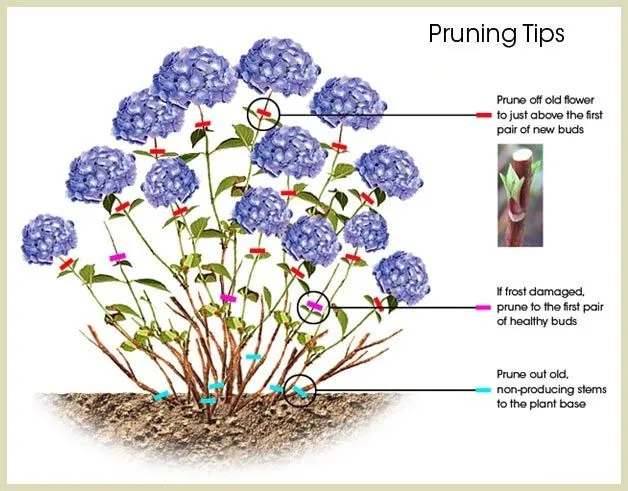
Credit: www.jandrpropertyservices.com
How to Cut Back Hydrangeas
Now, let’s talk about how to cut back hydrangeas. Follow these steps:
Step 1: Assess The Plant
Look at your hydrangea closely. Check for dead or damaged branches. These should be cut first. Also, look for any branches that cross each other. These can rub and cause damage.
Step 2: Remove Dead Wood
Start with dead wood. Use your pruning shears. Cut these branches all the way back. Remove them to the base of the plant. This allows more light and air to reach the healthy parts.
Step 3: Shape The Plant
Next, shape the plant. Look for branches that are too long. Cut them back to a nice shape. Make sure the plant looks balanced. You want it to have a nice round shape.
Step 4: Cut Back Healthy Stems
If you have bigleaf hydrangeas, cut them differently. For these, cut back healthy stems. Trim them down to about one-third of their length. This helps encourage new blooms.
For panicle hydrangeas, you can cut them more. Cut them back to about half their height. This will help them grow taller and fuller.
Step 5: Clean Up
After cutting, clean up the area. Put all the cuttings in your bucket. You can compost the cuttings if they are healthy. If not, throw them away to prevent disease.
Tips for Cutting Back Hydrangeas
Here are some helpful tips:
- Always use sharp tools. This helps prevent damage to the plant.
- Wear gloves to protect your hands. Some plants can be thorny.
- Make cuts at a 45-degree angle. This helps water run off.
- Do not cut too much. Always leave some healthy buds.
Aftercare for Hydrangeas
After cutting back, give your hydrangeas some care. Water them well. This helps the roots grow strong. You can also add mulch around the base. Mulch helps keep the soil moist.
Fertilizing is also a good idea. Use a balanced fertilizer. This will help your hydrangeas grow healthy and produce beautiful blooms.
Common Mistakes to Avoid
Here are some mistakes to avoid when cutting back hydrangeas:
- Cutting at the wrong time. This can harm the plant.
- Removing all the old wood. This can limit blooms.
- Not using clean tools. This can spread disease.
Conclusion
Cutting back hydrangeas is important. It helps them grow better. By following these steps, you can keep your hydrangeas healthy. Remember to cut at the right time. Use the right tools. Take care of your plants after pruning.
With proper care, your hydrangeas will bloom beautifully. Enjoy the colorful flowers in your garden. Happy gardening!


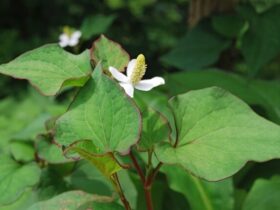
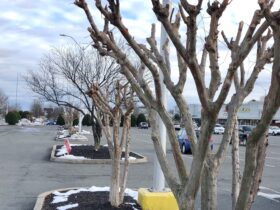

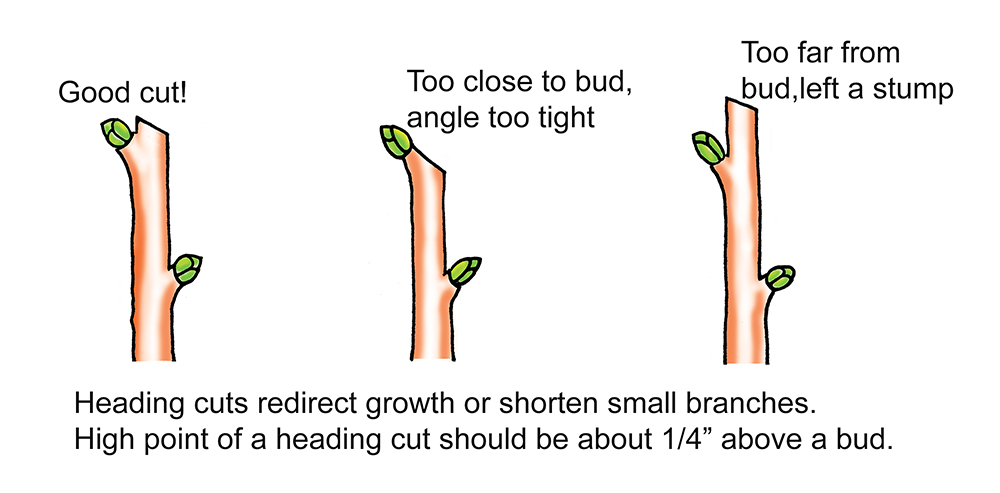
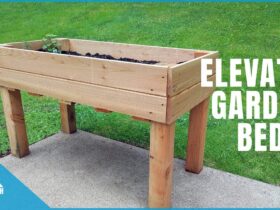


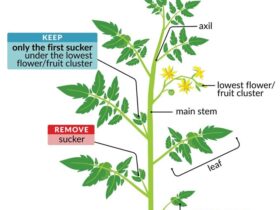
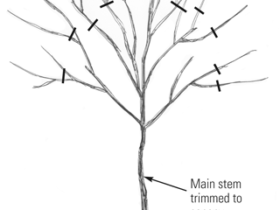

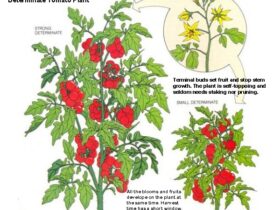
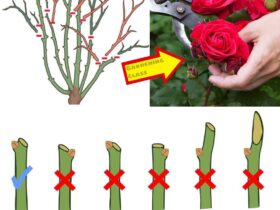
Leave a Review